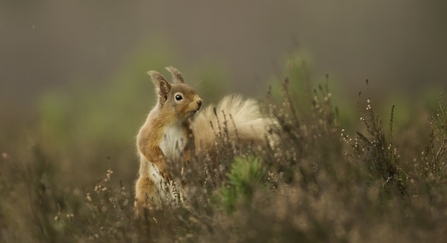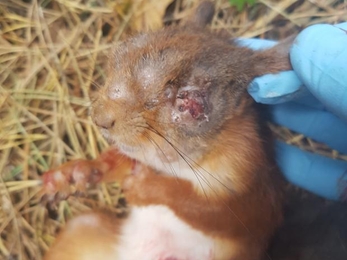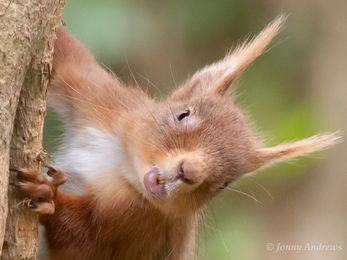Reds and Greys
Recent data including the All-Ireland Squirrel Survey 2019, and Ulster Wildlife’s Squirrel and Pine Marten Survey 2020, indicate that across Ireland, red squirrel range is increasing and grey squirrel range is contracting. Ulster Wildlife are committed to ongoing monitoring and are in the process of carrying out their 2022 survey. The tide is thankfully turning for red squirrel conservation: heightened public awareness, constant vigilance and the tireless efforts of volunteers, alongside the re-colonisation of the pine marten, have all played a role in the red squirrel resurgence.
However, it is vital to avoid complacency. As long as the invasive American grey squirrel remains, there is always a threat to red squirrels in Ireland. Along with competition from greys, one of the major threats is from Squirrel pox.




